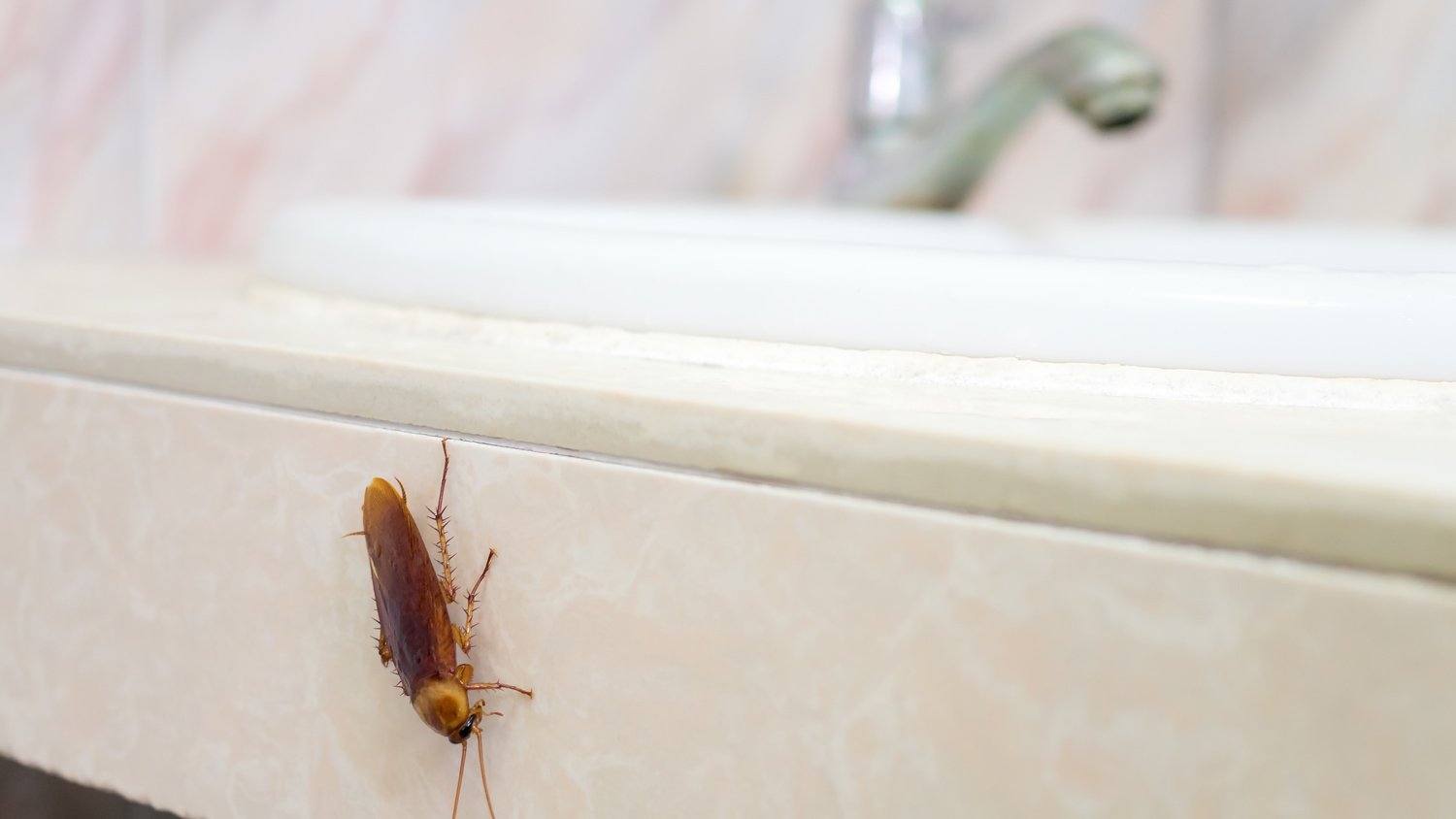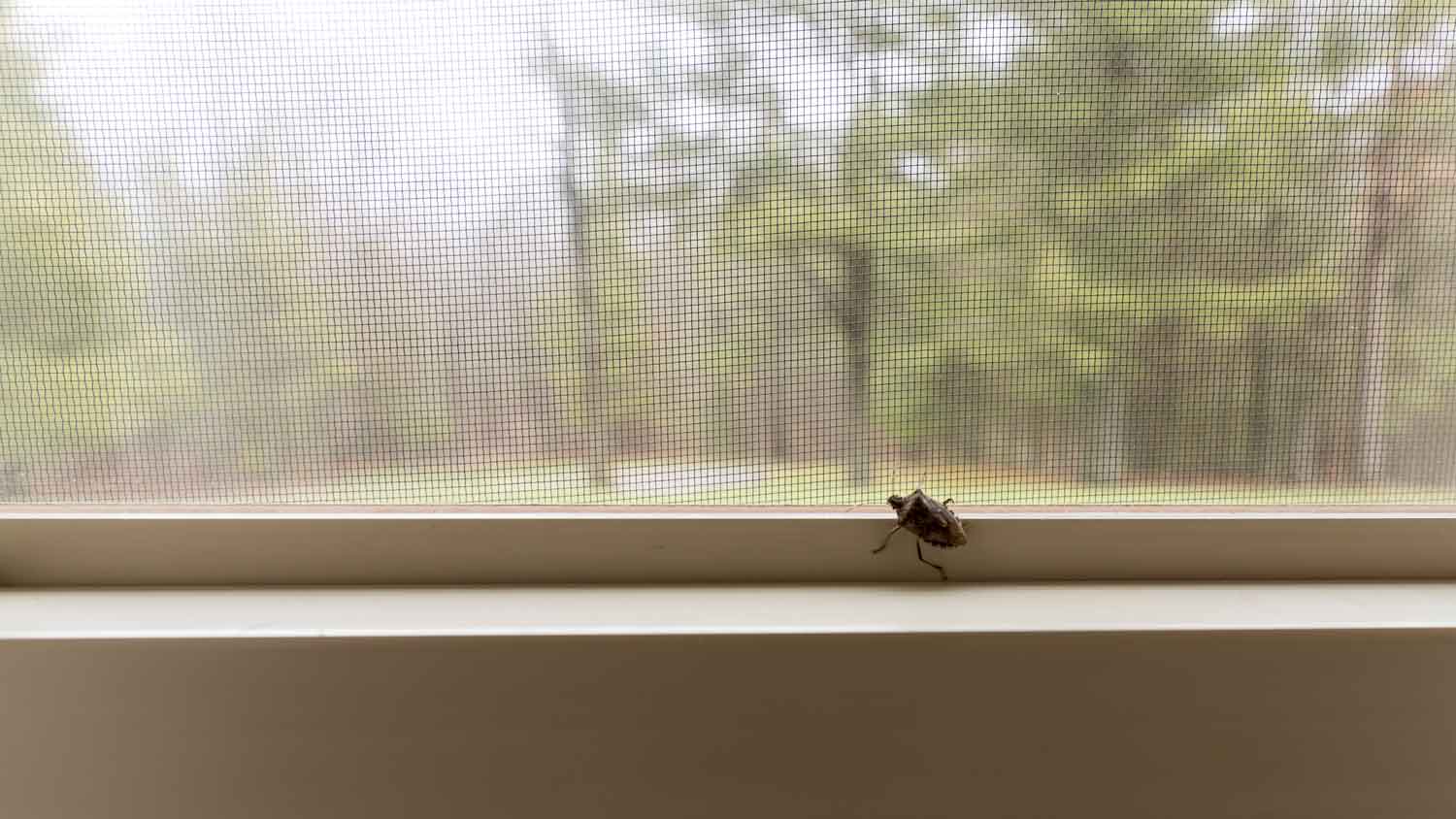
If you discover a wasp nest near your home, you’ll want to remove it ASAP. Learn wasp nest removal cost factors in this guide.
Make sure your roach-bombing plans don't bomb


There’s no doubt about it—roaches are a no-go when it comes to your home. If you spotted some in your home, you’re likely wondering how to bomb your house for roaches.
Some homeowners turn to store-bought bug bombers to rid their homes of roaches. Also known as foggers, these DIY fumigation devices are somewhat controversial. While the process of using them is fairly simple, you need to take care to avoid some of the serious hazards of bug bombing your own house. This guide will walk you through how to bomb your house for roaches safely and effectively.
Complex, high-risk projects demand more than typical DIY projects. They require time, specialized tools, and trained expertise to make sure the job is done safely and correctly. We made it easy for you to find a local pro—with our skilled network, you'll get the job done without the stress of doing it yourself or significant safety risks.

You can't just bomb for roaches on the fly. Make a plan several days in advance to cover the following bases.
When bombing your house for roaches, follow proper etiquette rules by letting your neighbors know ahead of time. This ensures they won't come knocking while your home is undergoing fogging.
If you're planning to bug bomb in a condo, row house, or similar structure, contact your building manager or neighborhood association to learn about any protocols you need to follow.
Most bug bombers require you to stay out of your home for several hours. This can be a good time to plan a day trip or overnight trip. Consult the packaging of the product you're using to discover how long you need to stay away from home.
Bug bombers that you can purchase at hardware and big-box stores are pesticide products that contain aerosol propellants intended to fumigate an area.
According to the Environmental Protection Agency (EPA), risk factors to consider when using DIY bug foggers include:
The aerosol propellants in bug bombers make them flammable.
Improper use can cause fire or explosion.
User error can result in severe illness.
While only you can decide if fogging your house for roaches is the right choice, it's always worth consulting with an exterminator to find ways to avoid the risks associated with this choice.
Roach foggers, also known as bug bombs, work by releasing a pesticide into the air, killing off any pests exposed to it. The process involves placing the fogger on a central table or chair, and then activating it by pressing a button or removing a tab on the can.
It’s essential to follow all label instructions to reduce exposure to people and pets. Be sure to read the guidelines ahead of time and make a plan for the detonation.
When setting off to shop for your fogger or bomber, read labels carefully. The label of each canister should tell you how much square footage it covers. You should go to the store with a rough idea of the size of your home to be able to calculate how many canisters you'll need.
To calculate the volume of your home's living area, measure the height, width, and length of every room before combining the numbers. A 10 x 10 room with 8-foot ceilings is 800 cubic feet in volume.
Use tarps to cover any furniture, objects, or other surfaces to protect them from the harsh chemicals found in bug bombs. While tarps are best, sheets, towels, and other wide coverings can all work. This is also a time to secure any perishable foods in a tightly concealed space. You cannot eat food that has been left out during bug bombing.
Insect fogging products contain harsh chemicals that are highly flammable. You won't be around to hear the fire alarm or smell smoke if something goes awry during the fogging process. Unplug everything in your home prior to deploying the bomber. You also need to shut off pilot lights, gas valves, and all other ignition spots in your home.

Make a strategy for how to bomb your house for roaches ahead of time. Sketch out your home's layout to start. Next, mark where you'll place foggers. It's also important to factor in your exit strategy when you're placing foggers. To avoid being stuck backtracking in a home after foggers have been activated, it's best to start in the farthest corners of the home before working your way toward your preferred exit.
Foggers should never be placed in closets, cabinets, or other enclosed spaces because this can cause them to explode.
Here’s a pro tip: don’t go overboard. It's always better to veer on the side of going "too small" with bug bombers instead of overdoing it. Always follow the instructions on the label to determine the ideal number of foggers for your space. This is all that's necessary to target pests correctly.
Using too many foggers will only create additional risks without producing additional benefits.
Don't linger once you've started the fogging process. Once foggers have been activated, you are inhaling toxic fumes every minute that you remain in the home. It goes without saying that pets should never be left behind when defogging your home. Wear gloves, eye protection, and a mask even though you'll be exiting the home immediately.
Once a minimum of a few hours have passed, you may reenter your home to clean up. Ideally, you’ll have stayed away from your home for an overnight.
Generally, you should only reenter the home briefly to open windows for ventilation before waiting at least another hour before going back inside. Open windows and doors immediately after reentering your home to let out any dangerous fumes that could still be lingering.
Consider keeping family members and pets away for a few extra days after the home is safe to enter again. This will provide you with a chance to fully ventilate the home.
Follow the instructions provided on the label of your fogger canisters regarding proper disposal. Any coverings that were placed over items in your home during bug bombing should be removed and washed promptly. Additionally, you'll need to clean surfaces that were left exposed during bug bombing.
Using a bug bomb inside your home carries significant risks, and you should handle it with extreme caution. These products can pose serious health hazards to humans and pets if not used according to the manufacturer's strict guidelines, potentially leading to respiratory issues and chemical exposure.
While paying just $50 to bug bomb your home is enticing for homeowners looking to squash a roach problem quickly, the cost of doing this project incorrectly is high. With the average cockroach exterminator costs running between $100 and $600, it's worth contacting local bug exterminators for quotes on alternative treatments that may be safer and more effective.
From average costs to expert advice, get all the answers you need to get your job done.

If you discover a wasp nest near your home, you’ll want to remove it ASAP. Learn wasp nest removal cost factors in this guide.

If you need to get rid of bugs and pests making your home unsafe, it's time to decide if fumigation is necessary. Learn more about average fumigation costs.

Professional spider exterminator costs vary depending on the infestation size, visit frequency, and methods. Use this guide to budget for speedy spider removal.

Bats love to roost in your attic, walls, and throughout your property. Here are some tips on safely and humanely removing them from your home.

Stink bugs are annoyingly persistent, but there are ways to fight back. Learn how to exterminate stink bugs in the house and prevent them from coming back.

Noticing scorpions around or inside your home? In this guide, learn how to get rid of scorpions (and deter them from coming back) in six simple steps.